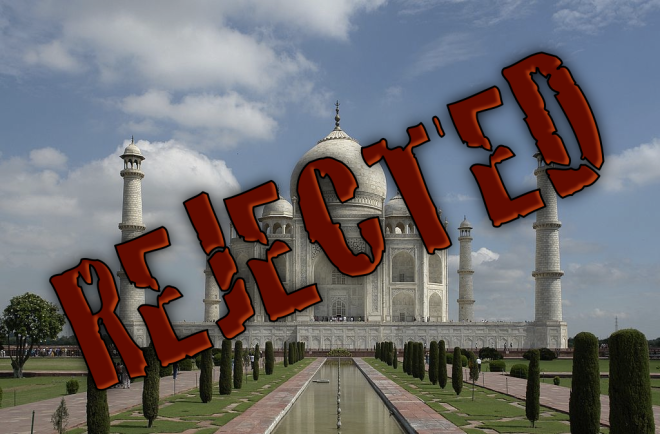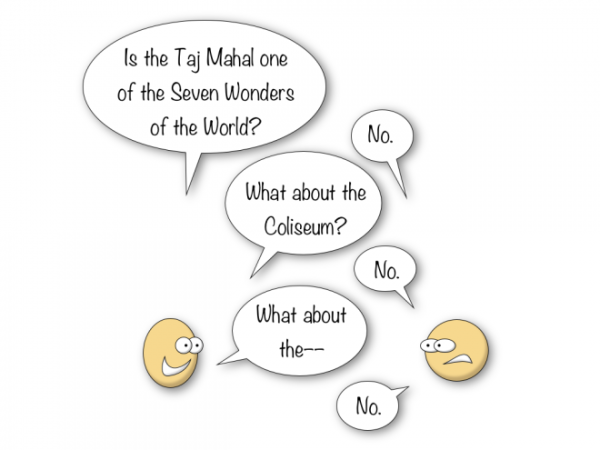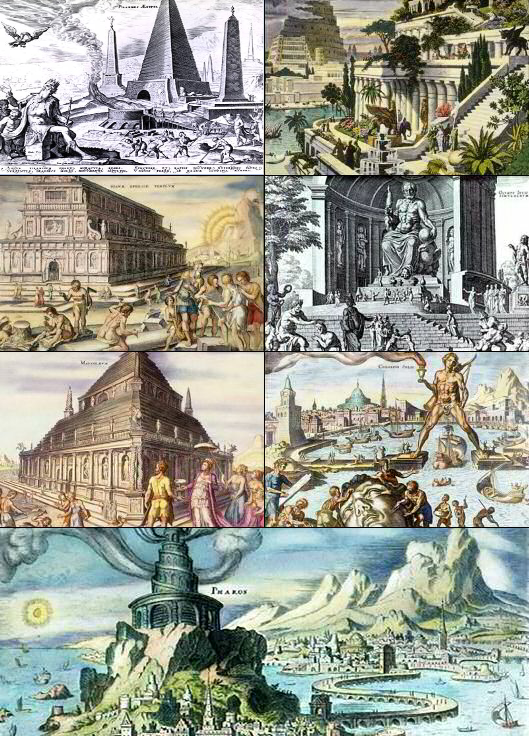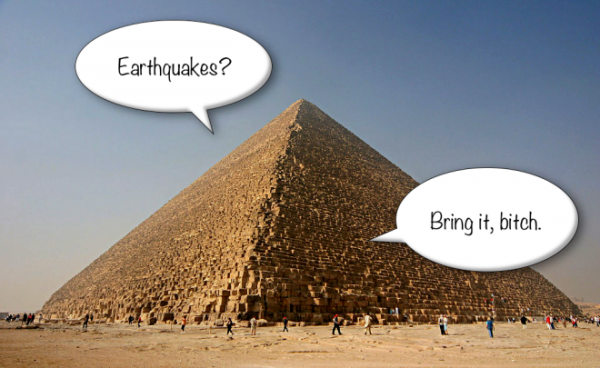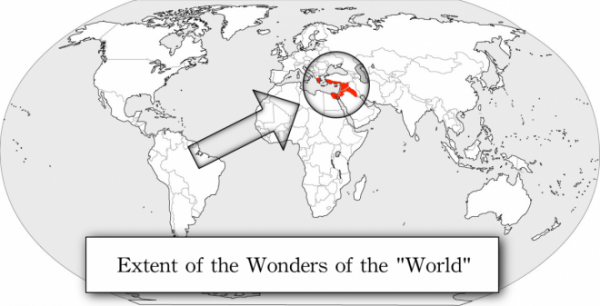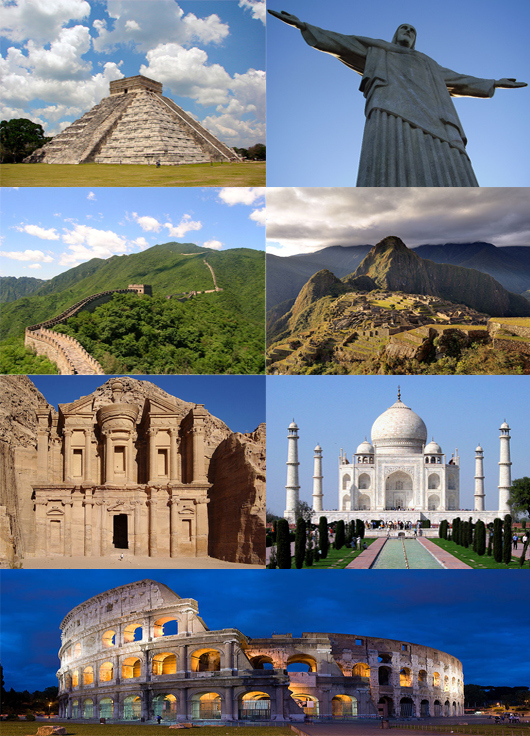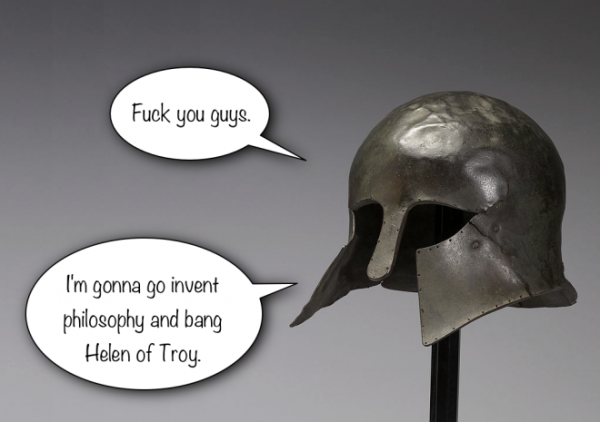So I’ve had this conversation a few times:
It’s weird how the Seven Wonders of the World list is so extraordinarily well known, yet somehow nobody knows what it really means. They all seem to think it’s some objectively compiled list of glorious buildings, as though there’s a Seven Wonders Police that evaluates the list every year and keeps it updated with only the bestest things ever.
In reality, it’s absolutely nothing of the sort, and has no basis whatsoever in sensible art appreciation. In fact it’s one of the dumbest ways of evaluating the worth of architectural marvels that draw legions of awestruck visitors each and every year.
Let’s dive into the rabbit hole, shall we?
